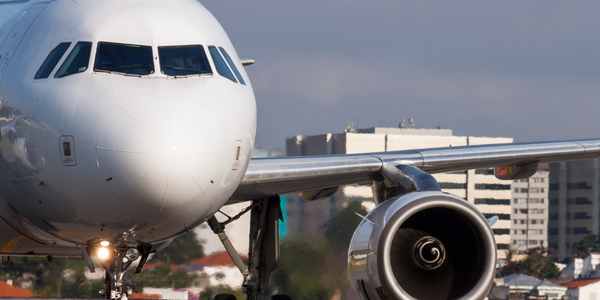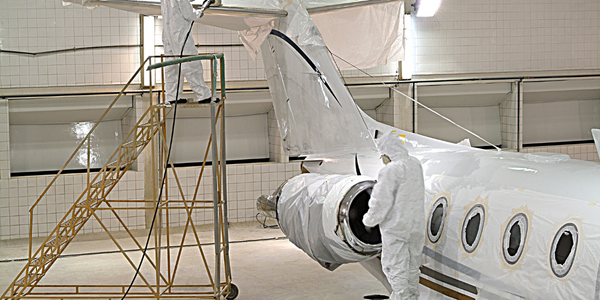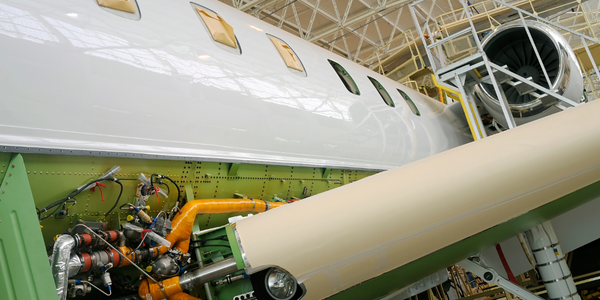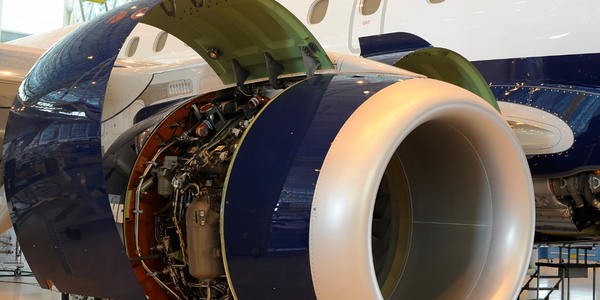Customer Company Size
Mid-size Company
Region
- Europe
Country
- Italy
Product
- Brocade Mobility RFS6000 Controller
- Brocade Mobility Access Points
Tech Stack
- Wireless Network
- RADIUS with proprietary certificates
- WPA2 encryption
Implementation Scale
- Enterprise-wide Deployment
Impact Metrics
- Productivity Improvements
- Cost Savings
Technology Category
- Networks & Connectivity - WiFi
Applicable Industries
- Aerospace
Applicable Functions
- Logistics & Transportation
Use Cases
- Fleet Management
- Remote Asset Management
Services
- System Integration
About The Customer
Neos Airlines is a leader in the Italian tourism and leisure market, operating flights throughout southern Europe and the world from its main base at Malpensa International Airport in Milan, as well as hubs in Bologna, Verona, and Rome. The airline has experienced tremendous growth since launching in 2002. With 150 employees at its Milan headquarters, and an additional 50 people on 24-hour rotation at Malpensa International Airport, the airline must ensure that all of its staff can readily access mission critical applications. These applications range from enterprise applications such as e-mail, to applications that enable crews to track airplanes and maintenance teams to inventory and manage spare parts. The airline operates in a fast-paced and operationally intensive industry where access to information and real-time communications are vital.
The Challenge
Neos Airlines, based in Milan, Italy, operates flights throughout southern Europe and the world. With 150 employees at its Milan headquarters, and an additional 50 people on 24-hour rotation at Malpensa International Airport, the airline must ensure that all of its staff can readily access mission critical applications. From access to enterprise applications such as e-mail, to applications that enable crews to track airplanes and maintenance teams to inventory and manage spare parts, Neos Airlines employees need to be as mobile as the planes they are operating. The financial impact associated with late plane departures or delays in maintenance can be significant, with downtime costing up to $15,000 per hour for each aircraft in the fleet. Because Neos Airlines’ network supports access to the spare parts database, e-mail, aircraft movements, and Internet access for field engineers, network uptime is essential to both daily operations and the bottom line.
The Solution
Neos Airlines selected Brocade® Mobility solutions based upon their ability to provide greater flexibility to employees and secure access to network resources. With Brocade the Mobility RFS6000 Controller and Brocade Mobility Access Points, the airline can deliver secure mobile access while gaining resiliency since it can use the wireless network as a backup in case the wired network goes down. To meet security requirements, Neos Airlines has used secure policies to establish Wireless LAN (WLAN) security zones to segregate sensitive corporate data from the public access—a key requirement for the Brocade solution. In addition, the airline has implemented RADIUS with proprietary certificates and WPA2 encryption. The deployment of the Brocade wireless network was seamless, compliant with regulatory requirements, and is expected to achieve a full return on investment within the first 12 months.
Operational Impact
Quantitative Benefit

Case Study missing?
Start adding your own!
Register with your work email and create a new case study profile for your business.
Related Case Studies.

Case Study
Airbus Soars with Wearable Technology
Building an Airbus aircraft involves complex manufacturing processes consisting of thousands of moving parts. Speed and accuracy are critical to business and competitive advantage. Improvements in both would have high impact on Airbus’ bottom line. Airbus wanted to help operators reduce the complexity of assembling cabin seats and decrease the time required to complete this task.

Case Study
Aircraft Predictive Maintenance and Workflow Optimization
First, aircraft manufacturer have trouble monitoring the health of aircraft systems with health prognostics and deliver predictive maintenance insights. Second, aircraft manufacturer wants a solution that can provide an in-context advisory and align job assignments to match technician experience and expertise.

Case Study
Aerospace & Defense Case Study Airbus
For the development of its new wide-body aircraft, Airbus needed to ensure quality and consistency across all internal and external stakeholders. Airbus had many challenges including a very aggressive development schedule and the need to ramp up production quickly to satisfy their delivery commitments. The lack of communication extended design time and introduced errors that drove up costs.

Case Study
Accelerate Production for Spirit AeroSystems
The manufacture and assembly of massive fuselage assemblies and other large structures generates a river of data. In fact, the bill of materials for a single fuselage alone can be millions of rows of data. In-house production processes and testing, as well as other manufacturers and customers created data flows that overwhelmed previous processes and information systems. Spirit’s customer base had grown substantially since their 2005 divestiture from Boeing, resulting in a $41 billion backlog of orders to fill. To address this backlog, meet increased customer demands and minimize additional capital investment, the company needed a way to improve throughput in the existing operational footprint. Spirit had a requirement from customers to increase fuselage production by 30%. To accomplish this goal, Spirit needed real-time information on its value chain and workflow. However, the two terabytes of data being pulled from their SAP ECC was unmanageable and overloaded their business warehouse. It had become time-consuming and difficult to pull aggregate data, disaggregate it for the needed information and then reassemble to create a report. During the 6-8 hours it took to build a report, another work shift (they run three per day) would have already taken place, thus the report content was out-of-date before it was ever delivered. As a result, supervisors often had to rely on manual efforts to provide charts, reports and analysis.

Case Study
Developing Smart Tools for the Airbus Factory
Manufacturing and assembly of aircraft, which involves tens of thousands of steps that must be followed by the operators, and a single mistake in the process could cost hundreds of thousands of dollars to fix, makes the room for error very small.








